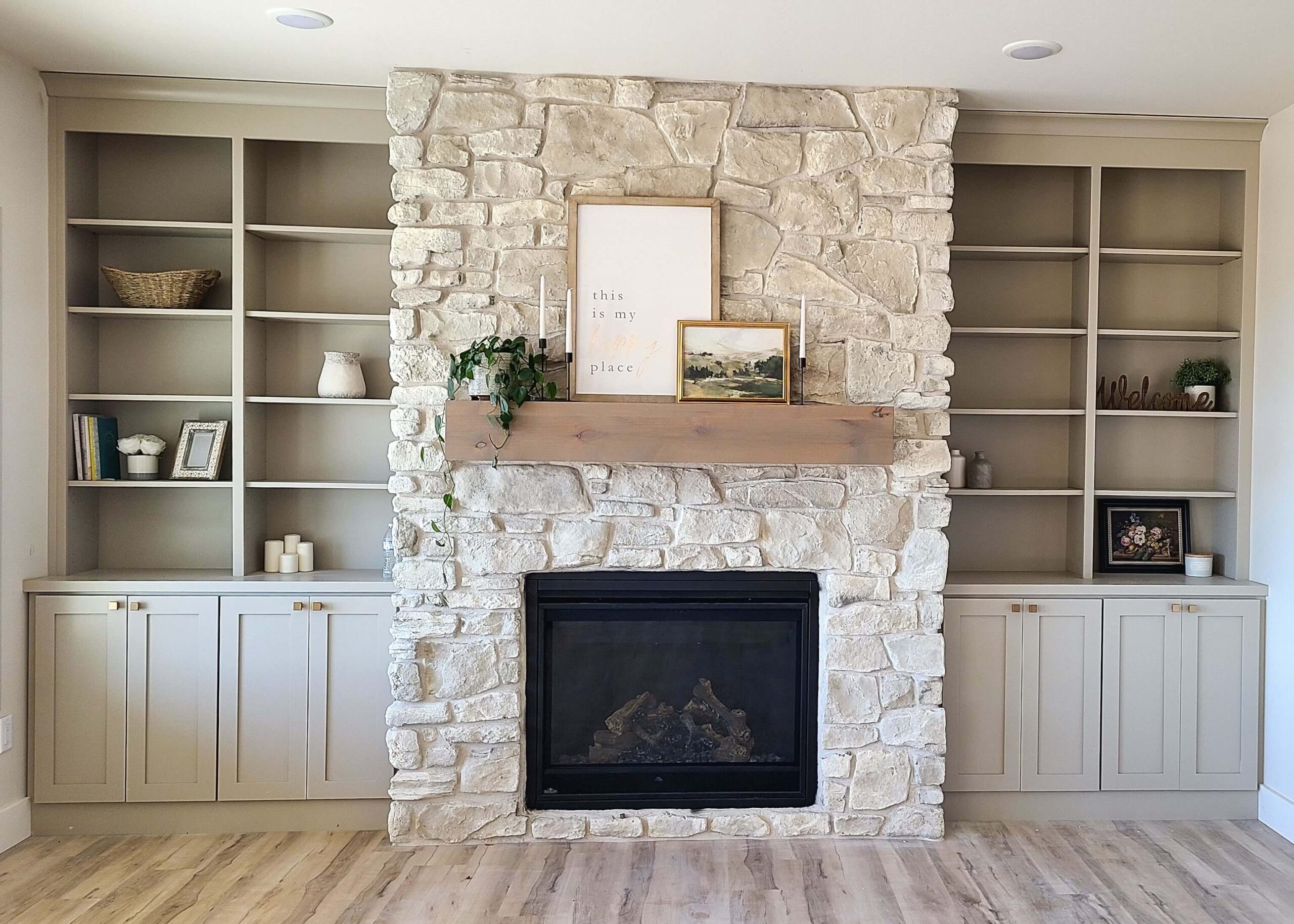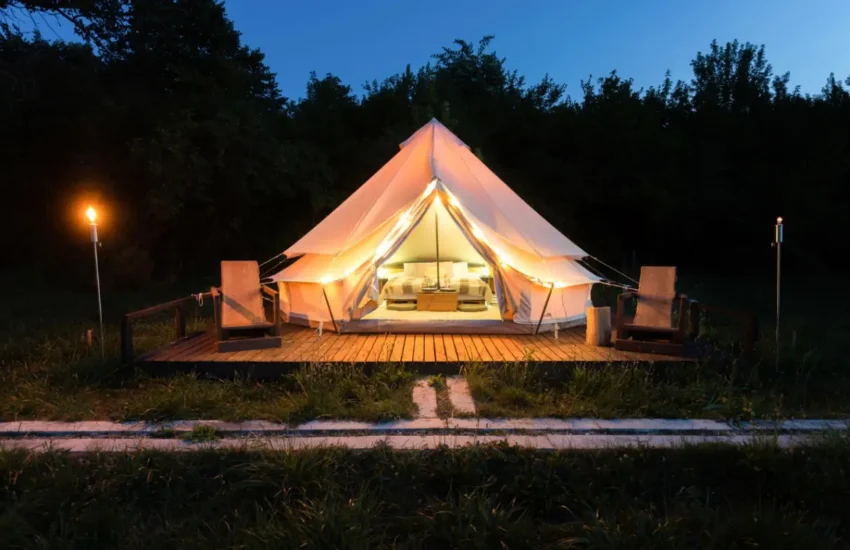Birch Wood Cabinets vs. Other Materials – Which One is Right for You?
Birch is one of a few softwoods that work well for cabinetry. It’s also eco-friendly and grows quickly with minimal impact on biodiversity.
It takes stains very well and can be stained to mimic more expensive luxury hardwoods. However, darker colors may create a blotchy appearance due to different absorption speeds.

Cost
Birch is one of the least expensive cabinet wood species available, making it a great choice for those on a budget. It’s also durable and can withstand everyday kitchen wear and tear.
Its smooth texture and light color give it a contemporary feel ideal for modern kitchens. Additionally, birch takes stain well and can mimic the appearance of other more costly hardwoods when stained in darker colors.
However, birch wood cabinets can be vulnerable to moisture damage and warping despite its advantages. This makes it important to weigh the pros and cons of this wood species when choosing a kitchen remodel.
Durability
Birchwood cabinets are durable and can withstand frequent use, making them ideal for busy kitchens. They are also resistant to warping. They come in different finishes, but natural birch wood has a light color and fine grain, making it look naturally finished when stained.
Birch cabinets are low-cost, making them a budget-friendly option. They are a common choice for homes with modern styles. This hardwood is easy to work with and accepts nails and screws without damaging the wood. It also holds paint well and is strong enough to support a heavy load.
The only downside to birch cabinets is that they are more prone to scratching than other hardwoods. However, minor scratches blend in easily with the wood’s grain pattern. Unlike oak, birch isn’t the best choice for dark staining because it can absorb stains unevenly and appear blotchy. Water-based paint or a pre-stain wood conditioner is recommended to minimize this problem.
Grain
Birch cabinets have a light to medium color and fine wood grain, creating a classic look. It is also warp-resistant, making it a solid choice for your kitchen. If you want a more natural, textured look, oak cabinets may be a better option.
Maple trees are a fast-growing hardwood found throughout the United States. It is moderately priced and offers an appealing, smooth texture that looks good with almost any type of stain. However, it is more challenging to stain than other popular options such as cherry, hickory and alder. Dark colors can sometimes turn out blotchy on maple cabinets.
Choosing a high-quality hardwood certified by the Forest Stewardship Council or Program for Endorsement of Forest Certification is important if you choose maple cabinets. This will help ensure that the wood is harvested using sustainable methods. This is especially important if you are concerned about the environmental impact of your home improvement project.
Finish
Ultimately, it’s important to remember that any cabinet material you choose should be able to support your kitchen’s layout and aesthetic goals. Choosing a wood species that aligns with your specific requirements and tastes is the best way to ensure the final result is as beautiful as possible.
Birch is one of the most versatile materials for cabinetry. Its subtle grain pattern and light coloration can be used in modern and traditional homes. It also stains very well, offering plenty of design options.
Maple is similar to birch in that it has a subtle grain and is a naturally lighter shade. However, its coloration might shift to a reddish tone over time, making it more susceptible to cracking than birch. It’s also more expensive than birch. Both birch and maple score well on the Janka hardness scale. However, maple’s density makes it less prone to warping than birch. It’s also a slower-growing tree, making it better for the environment than birch.


